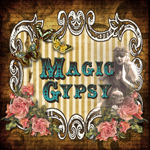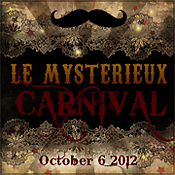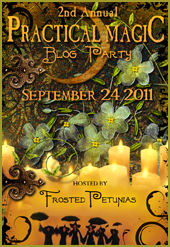This post has one picture and many words…
I remember when the desert looked like that – sand, scrubby plants and trails to the hills instead of condos and traffic. Whitewater is between Banning and Palm Springs; long ago it was marked on the highway by a gas station, post office and sign for the trout farm. A narrow two-lane road wound back into a vale bordered by two rows of hills, it went through desert, past a few houses and on to the trout farm at the head of the valley. The trout pools were fed by the Whitewater River, cold and loud, shaded by giant cottonwood trees. There were cabins to rent where you could cook your catch and picnic tables to enjoy the feast. Down the road and river were the houses, the one at road level belonged to Catherine, her family pioneered the area, her house was made of adobe with deep set windows. The other houses were below the paved road, on a dirt lane, with only the old stone water tanks to mark their presence to passers above.
My introduction to Whitewater was the Ranch House; my mother rented it for a studio and later moved in full time. When it rained there were more buckets and pans than floor, but it had a gas range from the ‘20s, screened porch and wooden screen door that closed with a bang. My parents eventually bought a less leaky house down the road, with knotty pine paneling and a huge stone fireplace.
The wind always was always blowing in Whitewater, always; enough to drive you crazy, if you let it. But it didn’t drive me crazy, I learned to love it – to let blow right through me. The river was a short hike from the houses, down a sandy trail shaded by cottonwoods and lined with horsetails and the occasional deadly nightshade. The river was swift, cold and fairly shallow: all the splashing and foaming inspired its name. I loved to wade through the river until I felt the cold burst of an artesian well and then I’d put my face in the water and drink nature’s ice water. There was wild watercress in the shallows for sandwiches and frogs to chase, we knew our neighbors and had community potlucks – satsang in the bamboo grove. Most of Whitewater’s residents were artists, hippies or old desert rats and many were vegetarians – back then you had to explain what that meant.
An earlier group of denizens had tried to start a resort, but it failed and the vestige was a slowly fading into the cottonwoods; a large room with holes in the roof, dust motes dancing lazily in the narrow sunbeams and a massive fireplace at the end made of petrified wood. Catherine’s horses lived in a coral next to the old building and Candy was as sweet as her name, she was an albino, white, with a cute pink nose and pretty blue eyes. Ralph had his coral at the other end of the lane, with a burrow to keep his horse company.
This valley has a secret and its true nature would only make an appearance now and then – it’s the San Andreas Fault, the road to the trout farm would its way on the fault line. Some nights, when the moon was full, a mist would rise from the ground and wreath the moon in rainbow rings, but it wasn’t water mist, it was a magnetic disturbance in the air from the fault. The horses would break out of their corals and run up and down the road, Candy glimmering like a fairy-mare in the moonlight. On these nights it was hard to sleep, all nature was awake and out dancing! It was magical and mysterious but the fault that provided that magic also destroyed; years after we moved, a major earthquake wrecked the houses. Perhaps people have rebuilt.
I’m glad to have the memory of such a wonderful place and if, some night you see a white mare glimmering in the mist and the moon robed in rainbows, think of Whitewater.


































No comments:
Post a Comment